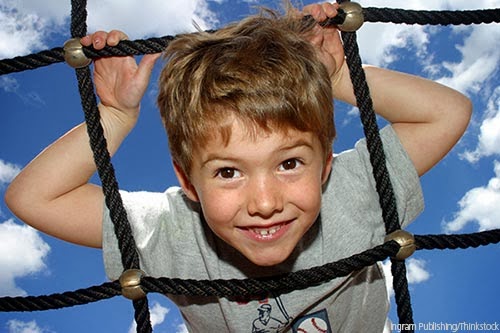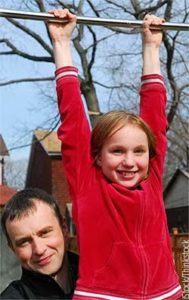During the nine years that I was a resource teacher, I worked with students with learning differences and those on the autism spectrum. Being “different” is never an easy road to walk down, but not having complete control over the way our brain works and how we learn is an even more precarious place to be.
I learned an awful lot from my students over these nine years, lessons that are never taught in classes or workshops. One of these lessons is that a student of any age who is trying to fit in, keep up with peers, listen to teachers and parents, and get homework done, all in one day, is a very tall order!
As an advocate for children, teens, and adults with learning and developmental differences, I would ask that you consider the following:
- Don’t make the mistake of mixing up “learning difference” with intelligence. People of all ages with learning differences are actually in pretty good company: Charles Schwab, Albert Einstein, Cher, Gavin Newsom, Michael Phelps, Danny Glover, Tommy Hilfiger, Bruce Jenner, and Greg Louganis all have had learning differences.
- Let them lead the way. Many of my students clearly said, “I have to find my own way.” There is little doubt that they will navigate their own way, if we let them, and show them that we believe in their abilities. Children who have trouble memorizing the times table may never memorize it. What to do? Give them time to figure out a new way, to work backwards, make errors, and try again.
- Reassure them that hard work is important in life, no matter what hill we have to climb, and that everyone has something they need to work on.
- Celebrate thinking outside of the box and coloring outside of the lines.
- Environments free of distractions—cell phones, television, and noise—help many to focus better. Teach that eating well and regularly is important to developing focus and concentration.
-
Give healthy breaks and exposure to the outdoors. Exercise regulates all of us and our body systems.
- Students with learning differences are sometimes teased and isolated for being “different” in class. Try to check in with them about how their social-emotional side is faring. Do they have a friend at school? Are they invited to parties? Do they participate in team or individual weekend sports? Teacher conference time is a good opportunity to find out about these topics. Make a point of talking about all of the various sides that make up who we are: our families, friendships, interests, academic life, and creative sides. Not one of them defines us. It is the total picture of who we are that matters.
- We all have good days and bad days. Many students would tell me that “their brain was not working well today.” Just as we have days of absentmindedness, so do these students. Listen to them. I would often substitute formal assignments on such days with board games that taught math or parts of grammar as a way to lighten their load.
- Accentuate the positive. Find out where these students shine by taking an interest in what brings that spark into their eyes. Some of us are good with people, music, 3-D, art, sports. Whatever it is, allow for recognition of these strengths. This acknowledgment will give students fuel to tackle their challenges.
- As children grow and develop their own self-concept, it is important to help them develop a sense of resiliency, along with an ability to laugh at oneself. When we teach about self-acceptance and asking for help when we need it, we teach our students with learning differences not only how to work with what they have, but also how to face other challenges that may come their way.
Mechele Pruitt, BA, is the Director of Parents Place in San Francisco.


